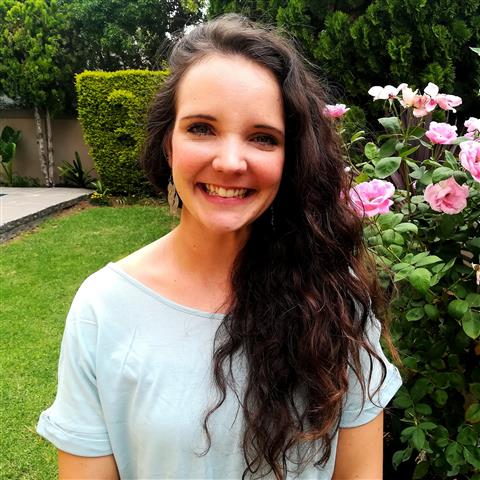#BuildABetterLunchBox by Caylin Goodchild
Packing lunchboxes for about 200 days a year can take its toll! We run out of ideas, we get un-eaten lunches returning home from school, or we take the convenient route and give our kids tuck shop money.
Packing a balanced, nutritious lunchbox does not need to be boring, effortful or expensive. Follow these tips to #BuildABetterLunchBox:
1.Good Carbs
Firstly, your child needs healthy carbohydrates. This means choosing a whole-wheat carbohydrate, such as whole-wheat bread, whole-wheat crackers, whole-wheat pitas, whole-wheat wraps, corn on the cob or even some popcorn. This will give them fibre and B-vitamins, keep them fuller for longer and keep their digestive tract moving as it should.
2.Bring on the protein!
Protein is important for growing muscles and active brains. This can be a boiled egg or two, some roasted chickpeas, shredded chicken or chicken pieces, baked beans, low-fat cottage cheese, lean biltong or pilchards. Keep in mind that fat found in animal products is not healthy fat, therefore choose the lean options and remove the skin or fat from the meat.
3.Healthy fats
To bring in some healthy fat, add nuts, seeds, mayonnaise, smashed avocado, peanut butter or olives. These are heart-healthy fats which help fuel their body, help absorb certain vitamins, keep their bodies warm and are also the building blocks for hormones.
4.Rainbow nutrients
Now for some colour! Fruit and vegetables are incredibly nutritious. They contain fibre, antioxidants, vitamins and minerals, and help to keep immune systems functioning optimally. Easy to pack veggies include carrot, cucumber and celery sticks, baby corn and baby tomatoes. The more colour, the better, so feel free to add as many as you or your child want. If they struggle to take a liking to these, try packing a 100% vegetable juice made from fresh produce. Although it lacks some fibre, it makes the nutrients easily available to the body.
5.Dairy
Dairy, in the form of milk, yoghurt or cheese, are good sources of protein, calcium, potassium, magnesium and phosphorous. Keep in mind that dairy products contain saturated fat (not-so-healthy fat), so preferably pack a low-fat or fat-free dairy option. Also, choose the unsweetened or plain options to avoid added sugars.
6.Portion control
Providing your child with the correct amount of food from each food group is also important. Generally, half of their lunch box should consist of fruit and vegetables, a quarter of their lunch box should consist of carbohydrates, while the last quarter comprises of lean protein. The side of dairy can be one glass of milk or a punnet of yoghurt. Bento lunch boxes have compartments for each food group, which makes it easy for you and your child to have a neat, fresh, exciting and balanced lunch to look forward to at school!
7.H2O
Lastly, be sure to pack a bottle of water. Children need between 7 and 14 cups of water daily, depending on their age and gender. Water makes up more than half of our body weight. It is important for digestion, absorption, transporting nutrients, maintaining body temperature and so much more!
Author Info


Caylin is a registered dietitian based in Lonehill, Johannesburg. Caylin completed her Masters degree in Dietetics at the North-West University, and is currently pursuing her PhD. She thoroughly enjoys consulting with clients of all ages. By using an individualised approach for each client, Caylin aims to bring back the joy of eating while increasing knowledge about what we eat.
Website: https://www.caylingoodchild.com/about
Facebook: https://www.facebook.com/goodchild.diet




